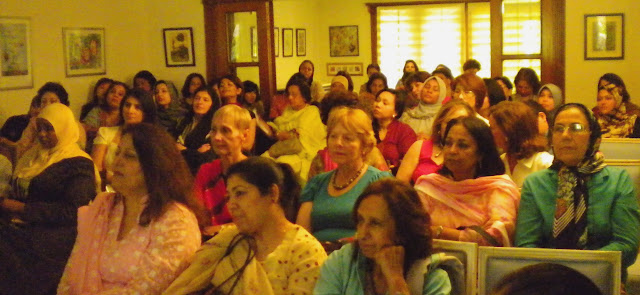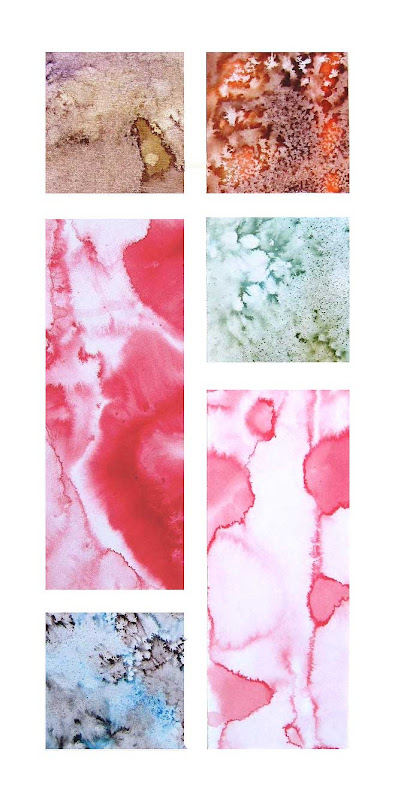Mariano Akerman's lectures are certainly the most intellectually lively events I have ever been to in Islamabad.
His breadth of knowledge, not only on Art, but also on Literature and History, allows him to place his views in a global perspective and context. I thought I had a good background in Art History, but I have learned a great deal at every lecture.
What is more, he doesn't take a linear, progressive, approach to his course and topics, so every lecture can stand on its own.

Some of the topics are quirky areas of Art appreciation I had never considered, but all are stimulating, and it is particularly interesting to be drawn into discussion during these lectures, rather than simply taking part in a dry question and answer formula.
This week we are even using Art to consider the meaning of Life!
Mariano is clearly an experienced lecturer, confident in his approach and has a wealth of slides to illustrate his points. We have also studied Architecture in these sessions, since he was also an architect, but the sessions on Architecture were integrated smoothly into his overall view of Art and History.
These sessions keep me pondering all week, and so I highly recommend them to anyone who wants to think outside their own environment, in Islamabad.
Jenny Naseem
 |
| Photograph by Mariano Akerman |
Las conferencias de Mariano Akerman son sin duda los eventos intelectualmente más animados de los que yo he participado en Islamabad.
Su amplitud de conocimientos, no sólo en arte, sino también en literatura e historia, le permiten colocar su punto de vista en una perspectiva global y en su contexto apropiado.
Yo pensaba tener una buena formación en Historia del Arte, pero he aprendido muchas cosas nuevas en cada conferencia.
Es más, no le hace falta a Mariano Akerman un enfoque lineal progresivo ya que cada uno de los diferentes temas que aborda en su curso tiene valor de por sí.
Algunos de los temas son peculiares zonas para la apreciación del arte a las que nunca antes había considerado, pero todas son estimulantes, y particularmente interesante resulta el debate elaborado en estas conferencias y que aquí reemplaza tanto a la pregunta seca como a la respuesta-fórmula.
Esta semana estamos incluso empleando el Arte para considerar... el Significado de la Vida.
Mariano Akerman es claramente un profesor con experiencia, confianza en su enfoque y posee una gran cantidad de diapositivas para ilustrar los puntos que trata. También hemos estudiado Arquitectura en estas sesiones, ya que él también es arquitecto, pero la sesiones en la Arquitectura se integraron sin problemas en su visión global del Arte y la Historia.
Estas sesiones me mantienen pensando toda la semana, y por eso se las recomiendo a cualquier persona que quiera pensar fuera de su entorno cotidiano.
Dra. Jenny Naseem

Mariano Akerman's "
Art from Belgium" lecture at the Belgian Residence (Islamabad, 29.6.2010); his paintings from the exhibition "
Les raisons d'être" can be seen in the background.
Response
Let us plant yet another tree.
 La Vita è Bella
La Vita è Bella

Art as Tree

"Por sus frutos los conoceréis"
You will know them by their fruits - Matthew 7:16
 The Giving Tree
The Giving Tree
 Art in the Picture
Art in the Picture
Art-Appreciation Lectures, by Mariano Akerman
The Visual Arts Institute
Islamabad, 2011-12
Other resources that may interest you:
• Educational events developed by Akerman's initiative, 2005-10
• Mariano Akerman: Curriculum Vitae
• PDF 2010



















